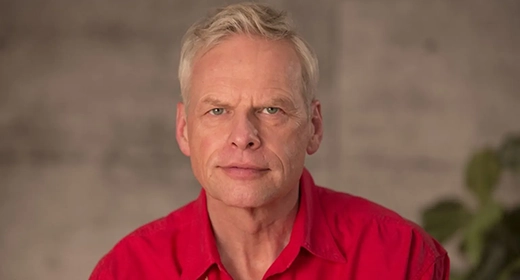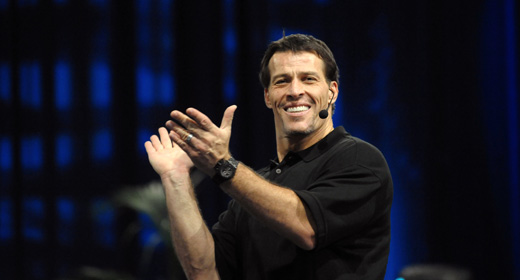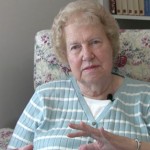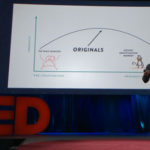by Dorothy Kolomeisky: Discovering how natural it can be to live together peacefully…
People will forget what you said, people will forget what you did, but people will never forget how you made them feel. — Maya Angelo
The phone rang at the perfect moment, the sound of the familiar voice on the other end was music to my ears. My nerves felt a tad frayed as my usually tidy, calm house looked something like a Norman Rockwell painting that had been turned upside down and shaken. With three kids home 24/7 since March doing online school, and me working from my home office, wearing a facemask in public and all of the other accompanying COVID tumult, life as we knew it felt oiled and tossed. “I just want to live in peace again!” I blurted out to my old friend a few minutes into the conversation.
Then there was silence.
She paused for so long I thought maybe the call had failed. Finally, she said something like, “For me that peace we all want begins within. It all begins with self-acceptance and self-love …” then she paused again as if she were a trauma doctor assessing my pulse after a crash, and added, “How are you?”
Those gentle words slowed down all the hubbub revving inside me. My eyes got a little wet and I became quiet. We’d fallen into a feeling of connection brought on by the simple power of deep listening.
Then I remembered Marshall B. Rosenberg and learning about his work, Nonviolent Communication (NVC). I studied it with this dear friend almost thirty years ago when we met overseas — it was a language we shared, and the bedrock of our enduring relationship.
The Gifts of Nonviolent Communication
One of the things I found the most compelling about Nonviolent Communication was that it could be spoken without a single word. At the time, I was volunteering in an abandoned babies ward in Moscow. I remember holding the babies and asking them all sorts of wordless questions like, “Where have you been, Little One? What have you seen?” Words didn’t seem necessary when I could look into the babies’ bright eyes and listen from the heart — those babies with cleft palates, club hands, or heart defects — their eyes still twinkling.

At the core of the NVC wisdom, I heard the message; We are all divine beings. It feels as if when we address one another with love and respect, the pathway to the true self can open up again. Defensiveness drops, trust comes in, and creating relationships based on honesty and empathy become natural and easy. Marshall B. Rosenberg said,
What I want in my life is compassion, a flow between myself and others based on a mutual giving from the heart.
It’s a raising of consciousness more than it is a system; not so much about the doing, but rather about the being-ness behind the doing. It’s the energy behind the words that brings about transformation and often a healing balm to soften even the most bedraggled situations. It’s going up in the glass elevator within, because things look different from the twelfth floor than they do on the ground level; perspective is everything.
Rosenberg traveled all over the world to work with warring factions: gangs, schools, corporations, and governments — with anyone and everyone who had fallen into separation. His vision was to reach millions of people, so that person by person, family by family, school by school, city by city, country by country, we could uplift ourselves into a field of collective transcendence and peace.
Where Transformation Begins
On the most basic level, transformation begins with wanting to live peacefully and giving the person on the other side of the conversation the benefit of the doubt. In other words, giving them the enormous courtesy of assuming no bad intention on their part and not deciding ahead of time what they meant by their actions or words. Staying with the facts and away from interpretation.
There is no force. No blame. No making anyone wrong. It’s taking responsibility for feelings and making requests. There are no demands. No fear of retaliation or punishment — just a presence and grounded, steady breathing.

In Marshall B. Rosenburg’s book Nonviolent Communication, A Language of Life, he describes the steps in the process as:
The concrete actions we observe that affect our well-being.
How we feel in relation to what we observe.
The needs, values, and desires we have that create our feelings.
The concrete actions we request in order to enrich our lives.
One simple example from our family life: I’ve come up from my office to get a cup of tea and see my son still hasn’t taken out the overflowing trash. I may say: “When I see kitchen trash overflowing I feel frustrated because we all need our shared living space to be kept clean. Would you be willing to do your chores without being reminded so often, starting today?”
In my experience, when I approach the kids like this they do what I’m asking without much drama, sometimes I’ll get a sheepish: “Gosh, I totally forgot!”, or even a hug. Sometimes, when there’s pushback, it gives me a window into seeing the unmet need a child is trying to communicate through their actions, and it opens up a chance for us to talk, or just be together.
A more complex example that I heard in a couples’ NVC class some years ago went something like this:
“When you said I’m not beautiful like I used to be I felt sad and rejected. I need to feel accepted for who I am to feel safe with you and for my heart to be open to you. What would make my world more wonderful is if you speak to me kindly.”
I recall at the time that the speaker’s partner said he was sorry, put his arm around her, and told her there were things he needed to talk about, too. He told her he actually still thought she was beautiful, that he was just hurt about something else when he said it. Usually, it’s the inner children running these conflicts. They need to be heard and understood and then the adult psyche needs to come in and take care of the situation. That’s how we grow and truly learn from painful experiences.
We perceive relationships in a new light when we use nonviolent communication to hear our own deeper needs and those of others. — Marshall B. Rosenberg

In our family, when issues feel challenging at times and even scary to approach, when underneath the words lives a feeling of love and connection, little miracles often take place as seeming problems fade away. We’re learning through honest and vulnerable expression of feelings and a willingness to listen empathetically even the toughest situations can be diffused. One of our guiding principles is to wait to talk until we’re not feeling triggered anymore (the child), or else we’ll end up creating more bad feelings that need healing. Sometimes, just realizing the softer feelings of another person that lie underneath the hurtful words or actions on the surface makes all the difference in the world (the adult).
Words are Windows (or They’re Walls)
I feel so sentenced by your words,
I feel so judged and sent away,
Before I go I’ve got to know,
Is that what you mean to say?
Before I rise to my defense,
Before I speak in hurt or fear,
Before I build that wall of words,
Tell me, did I really hear?
Words are windows, or they’re walls,
They sentence us or set us free.
When I speak and when I hear,
Let the love light shine through me.
There are things I need to say,
Things that mean so much to me,
If my words don’t make me clear,
Will you help me to be free?
If I seemed to put you down,
If you felt I didn’t care,
Try to listen through my words,
To the feelings that we share.
— Ruth Bebermeyer, from Nonviolent Communication, A Language of Life









































